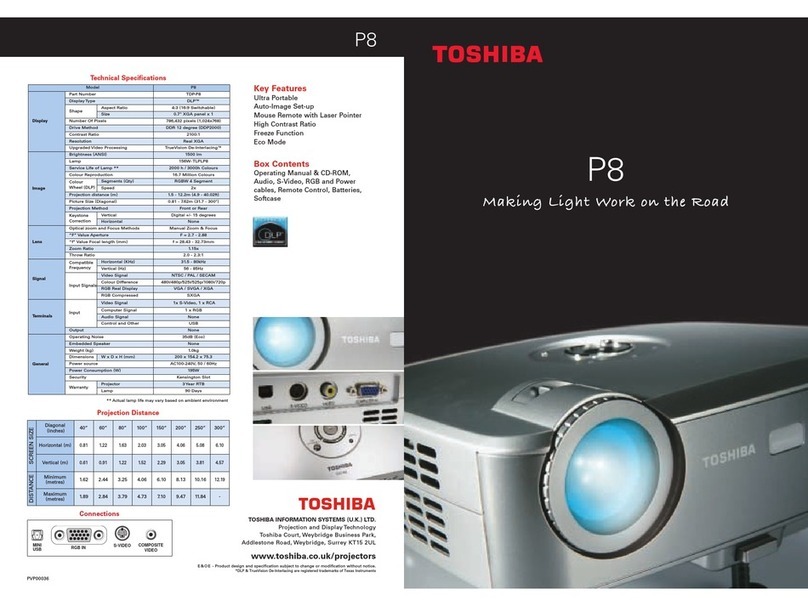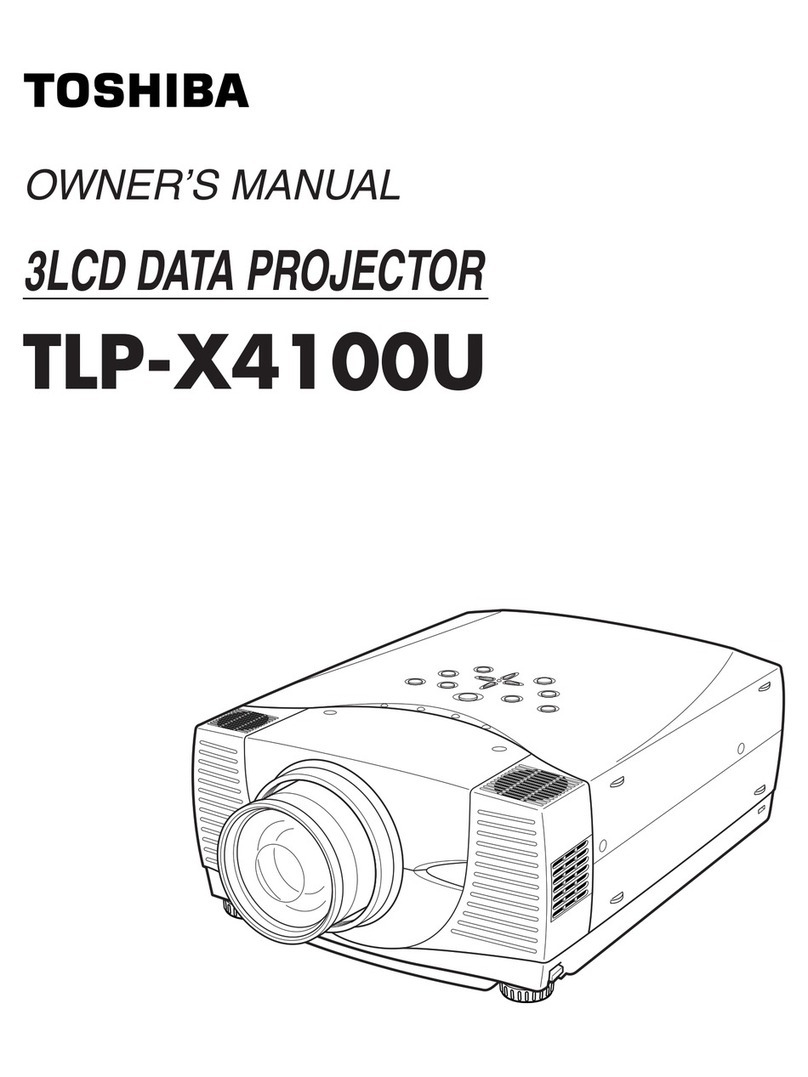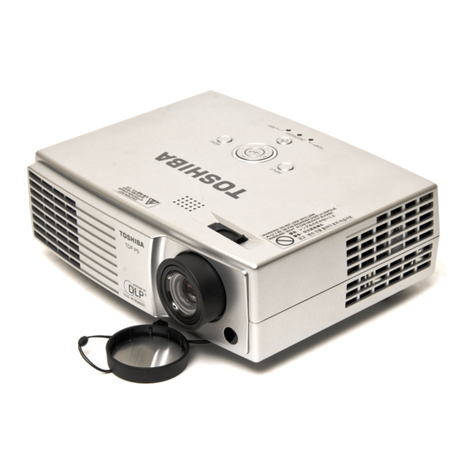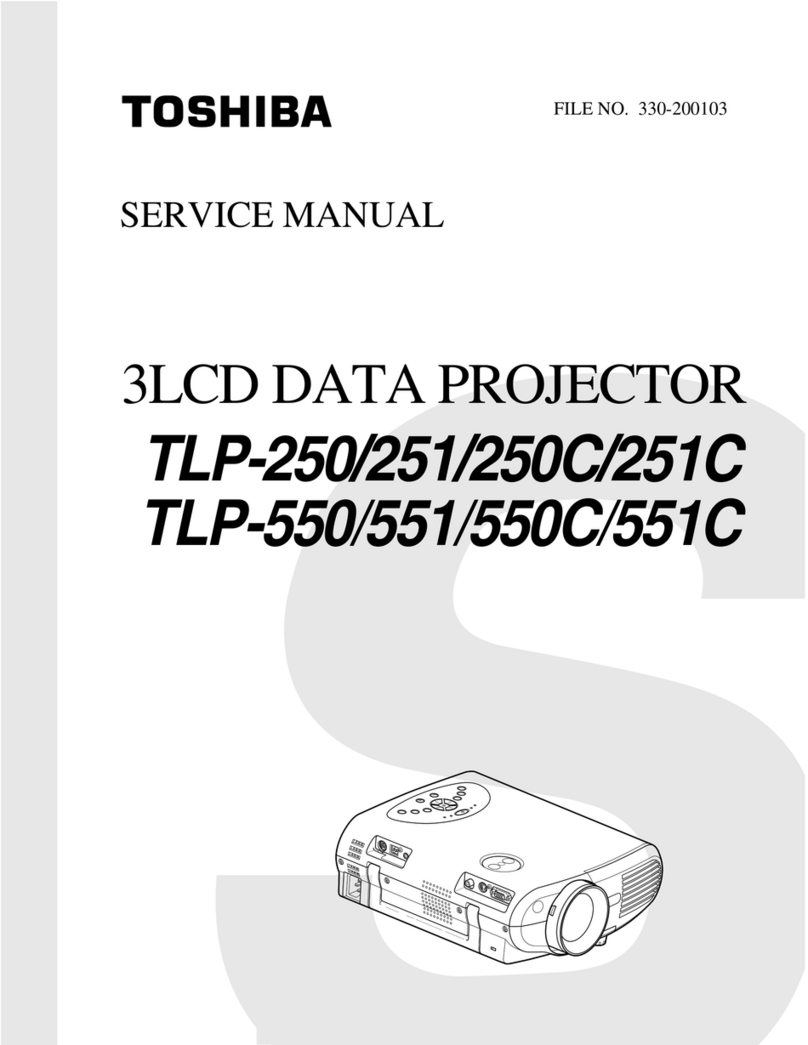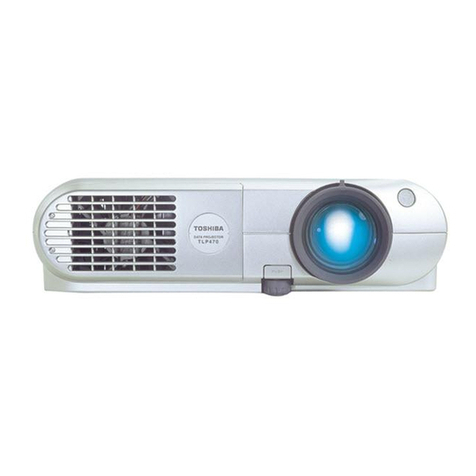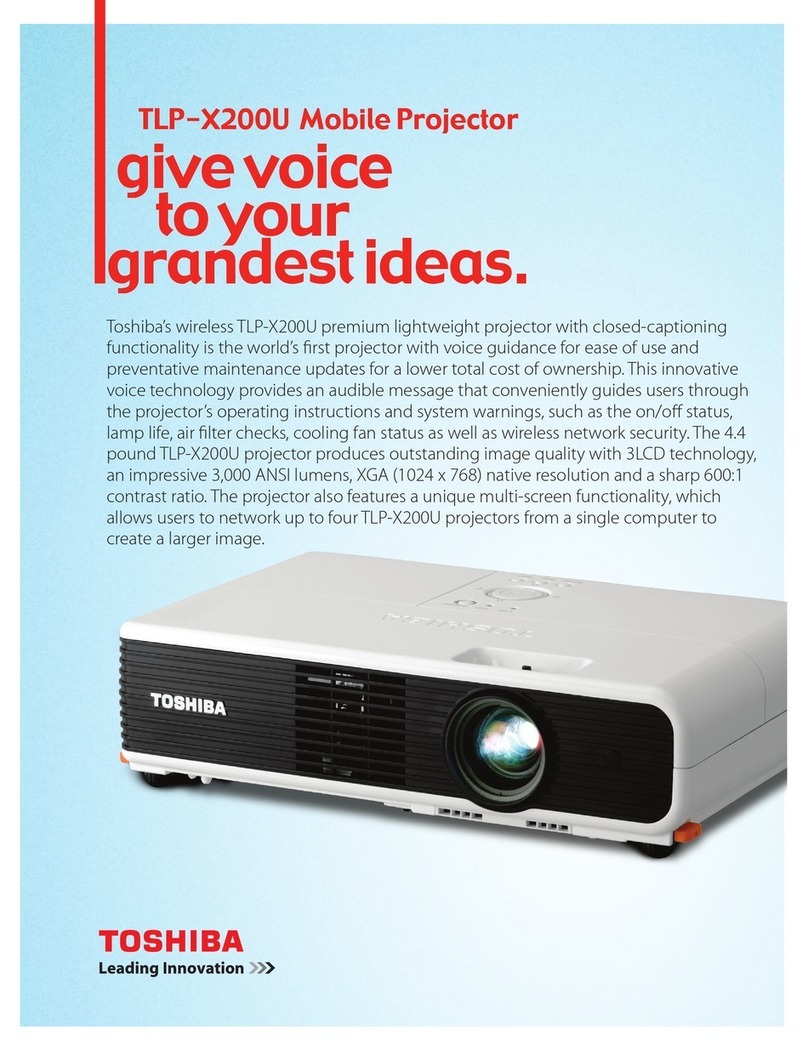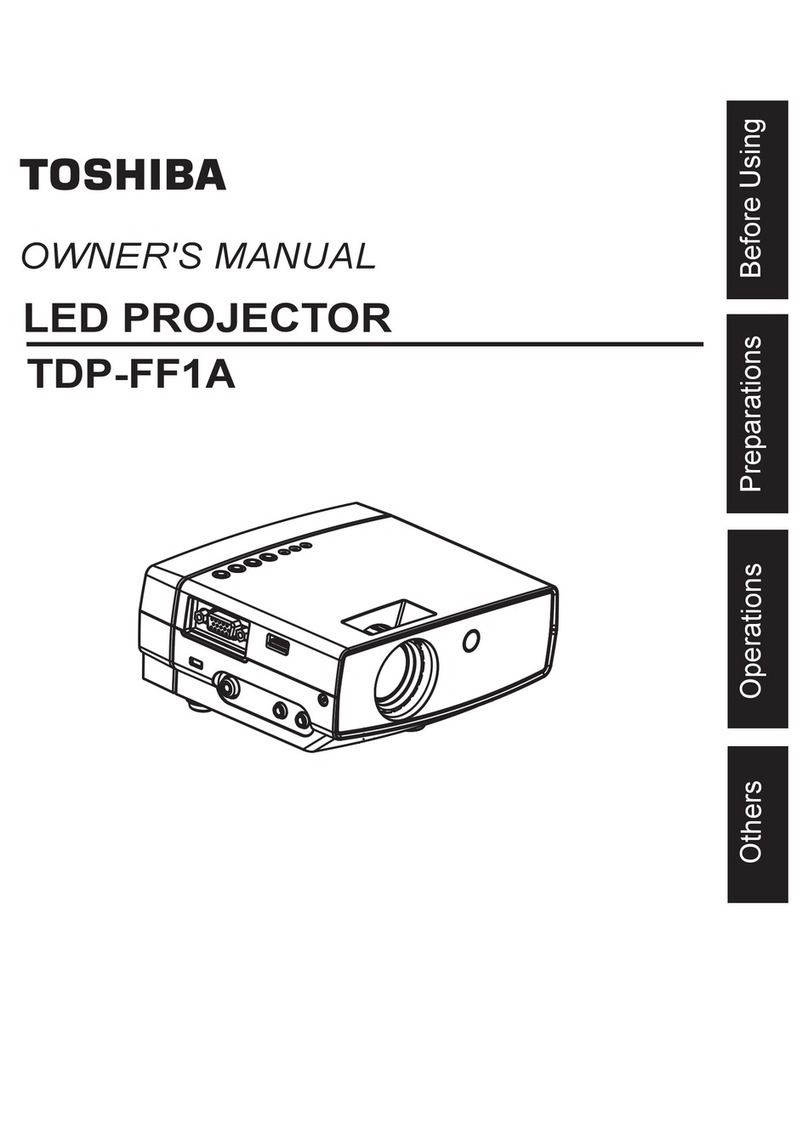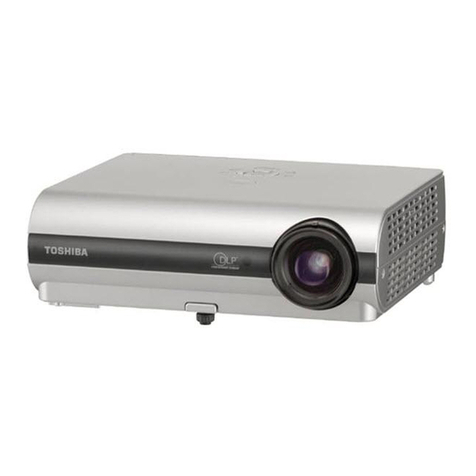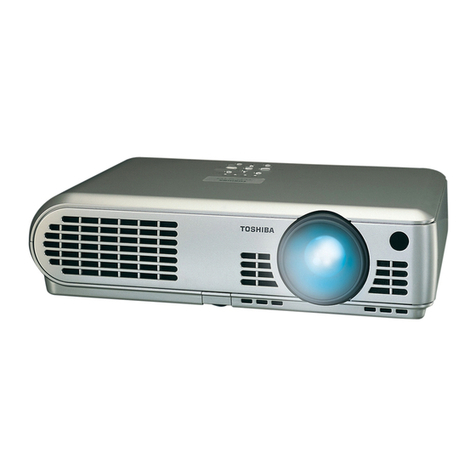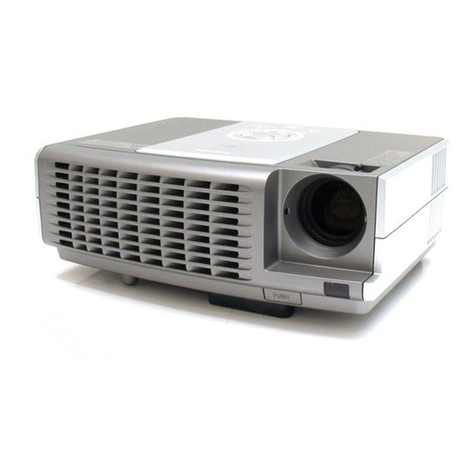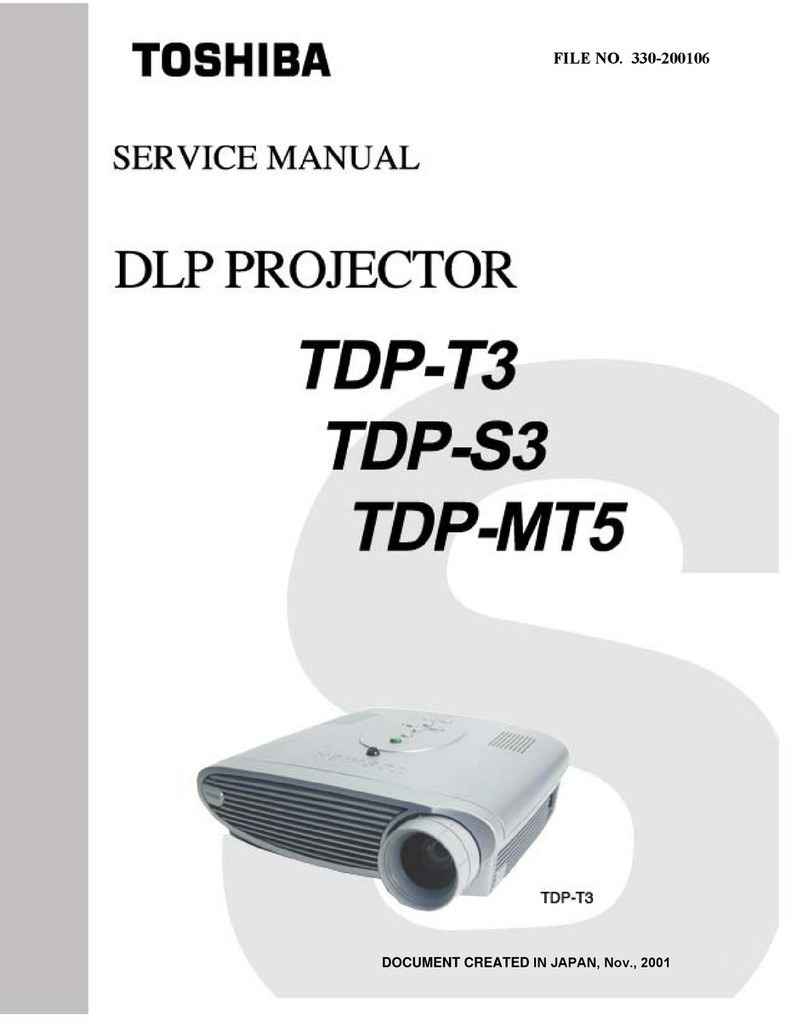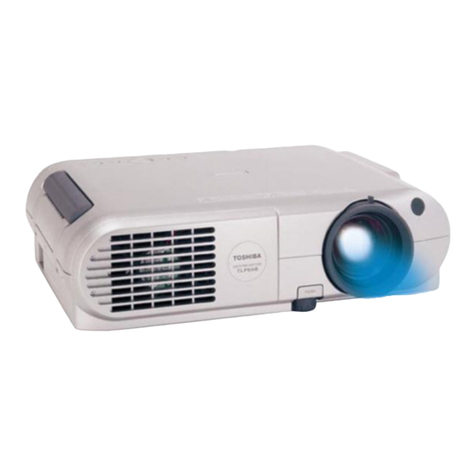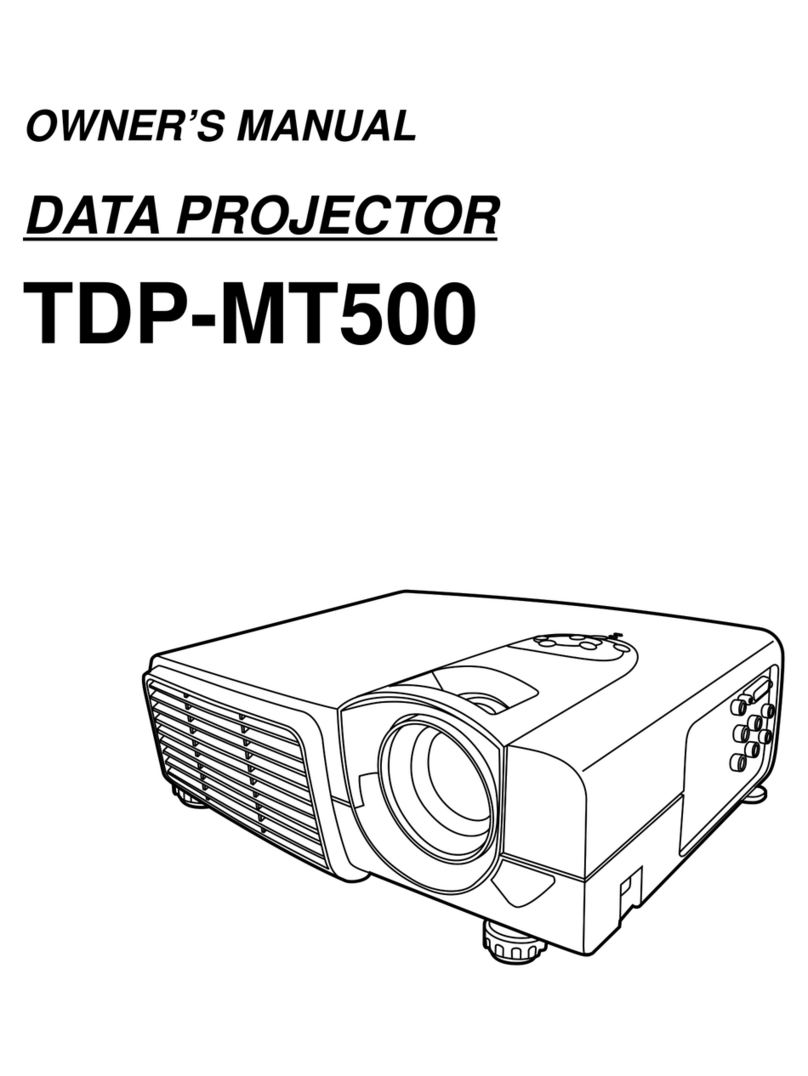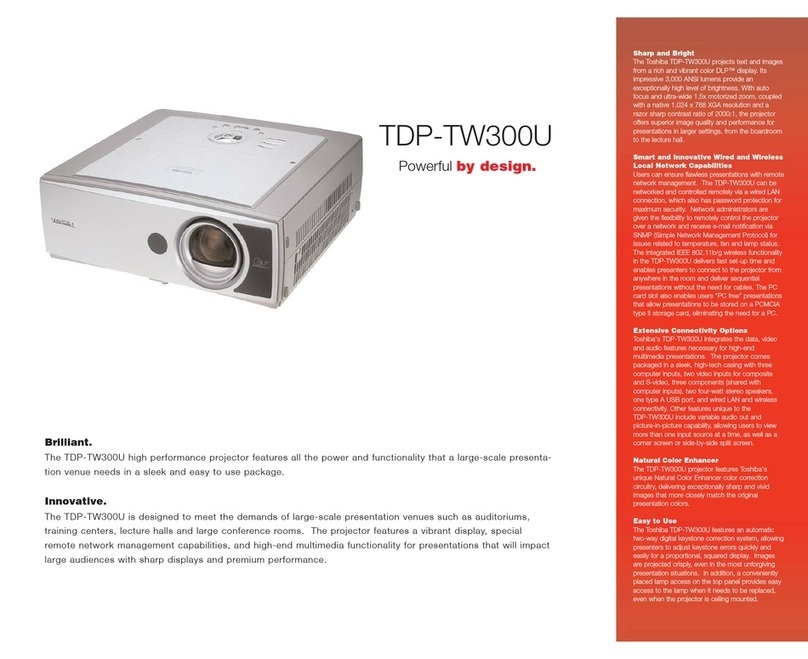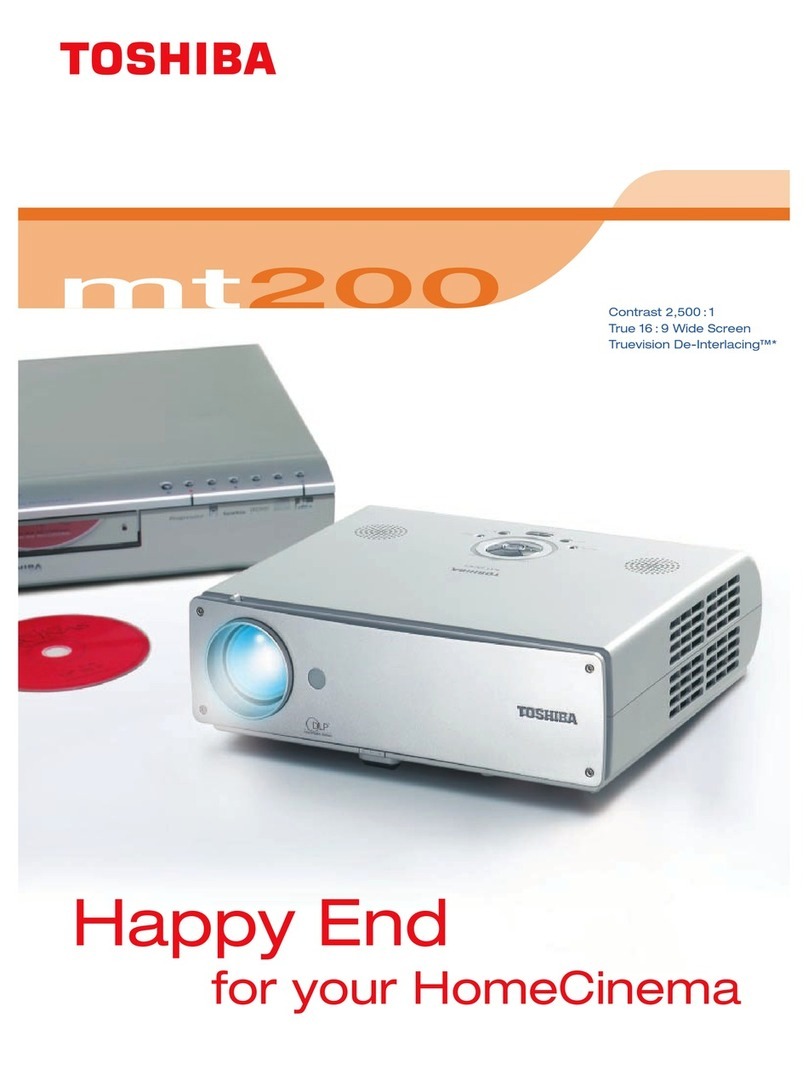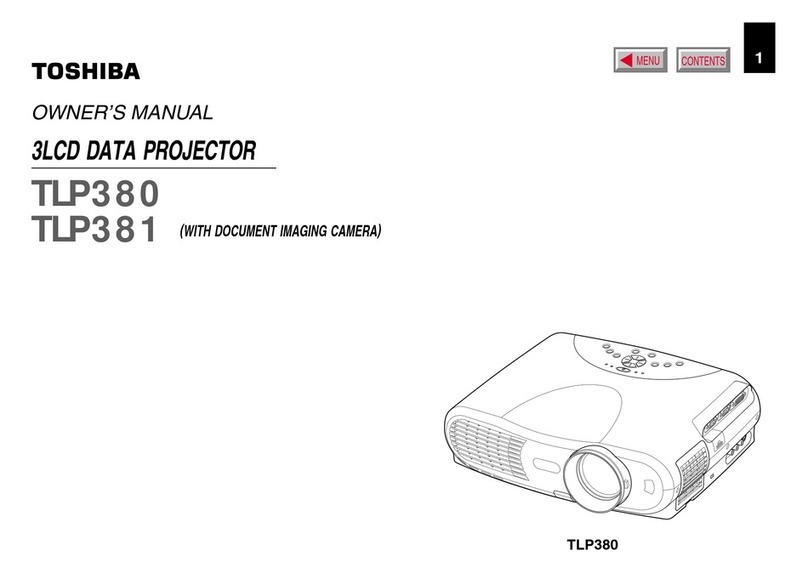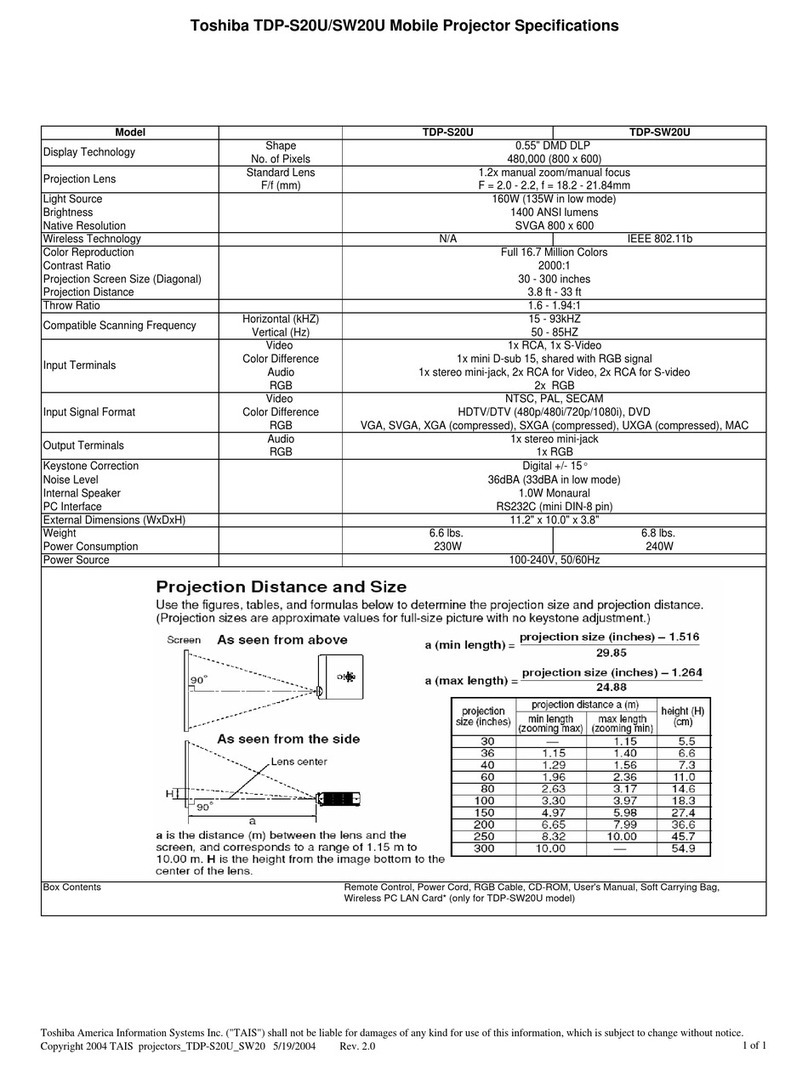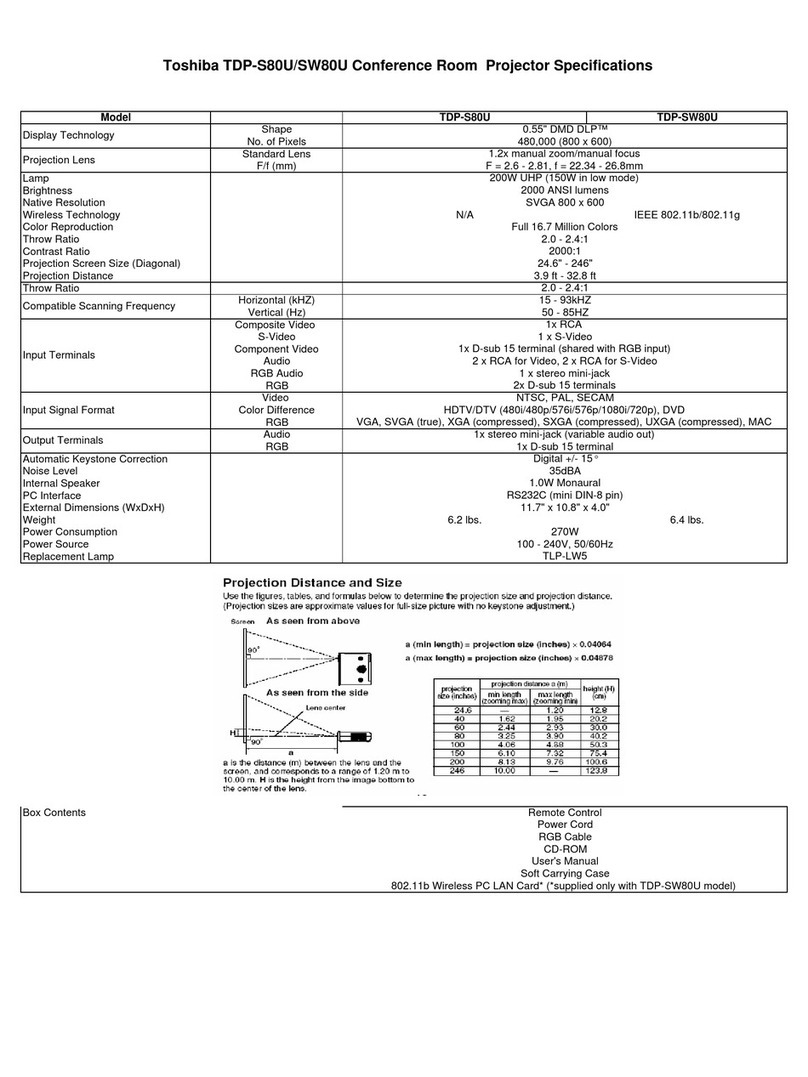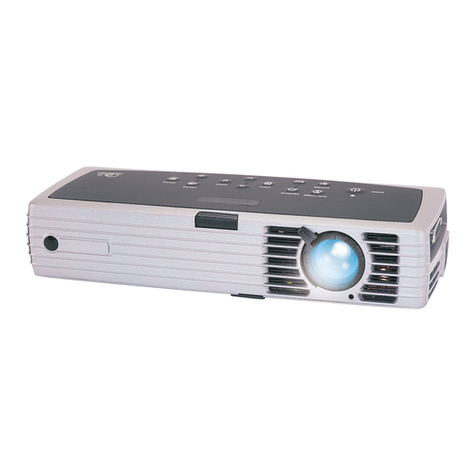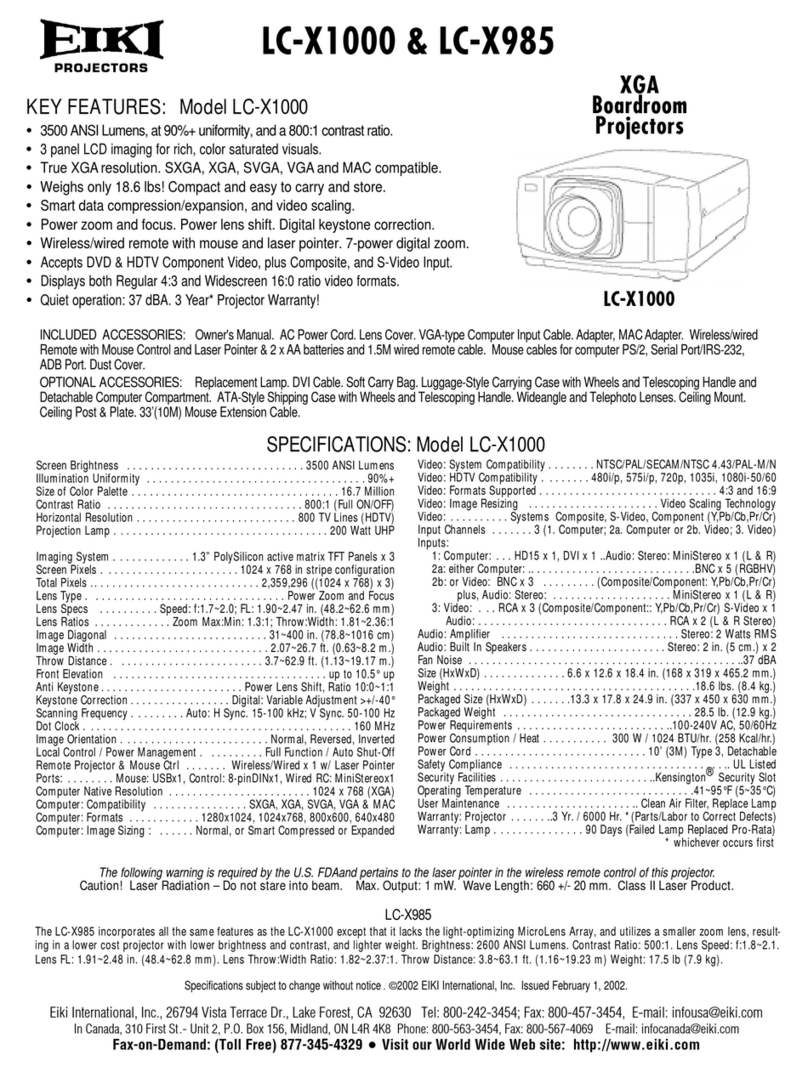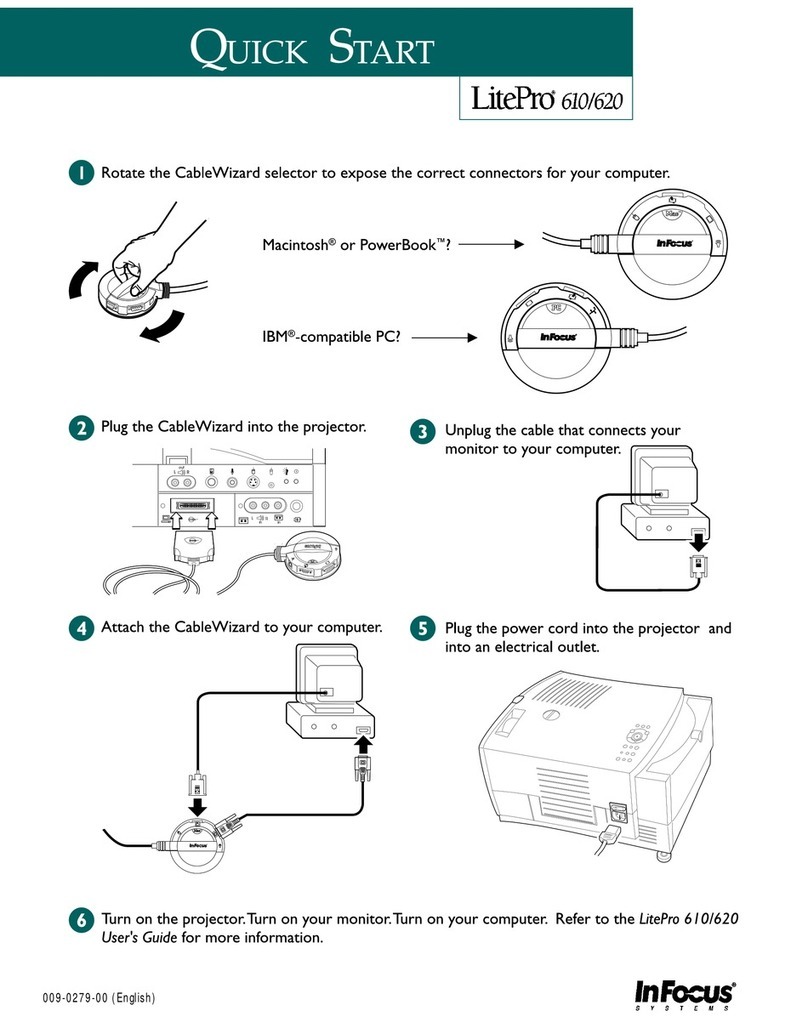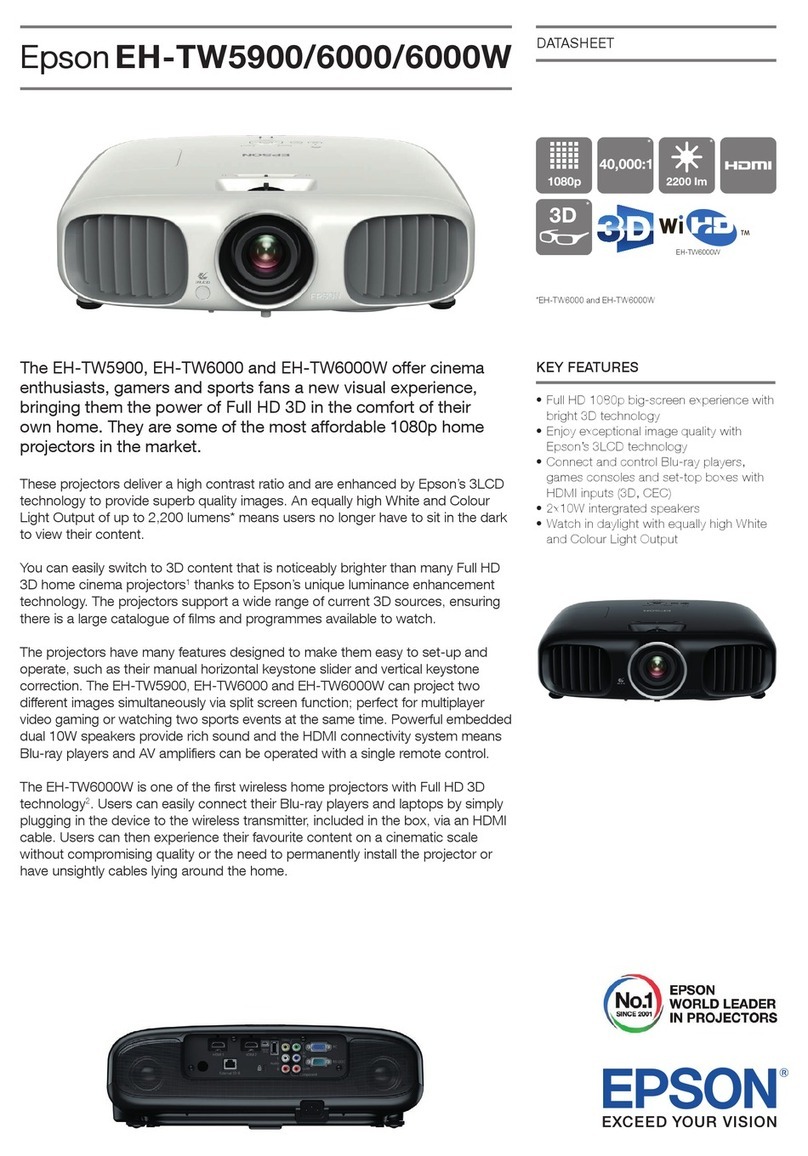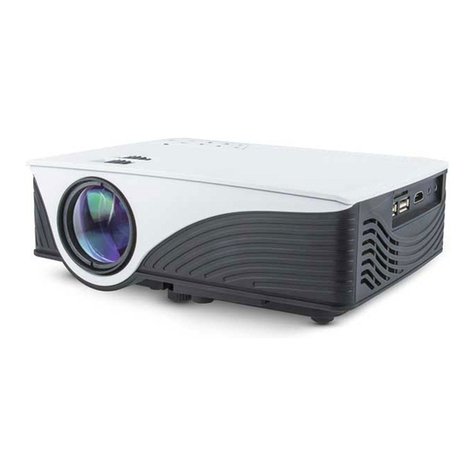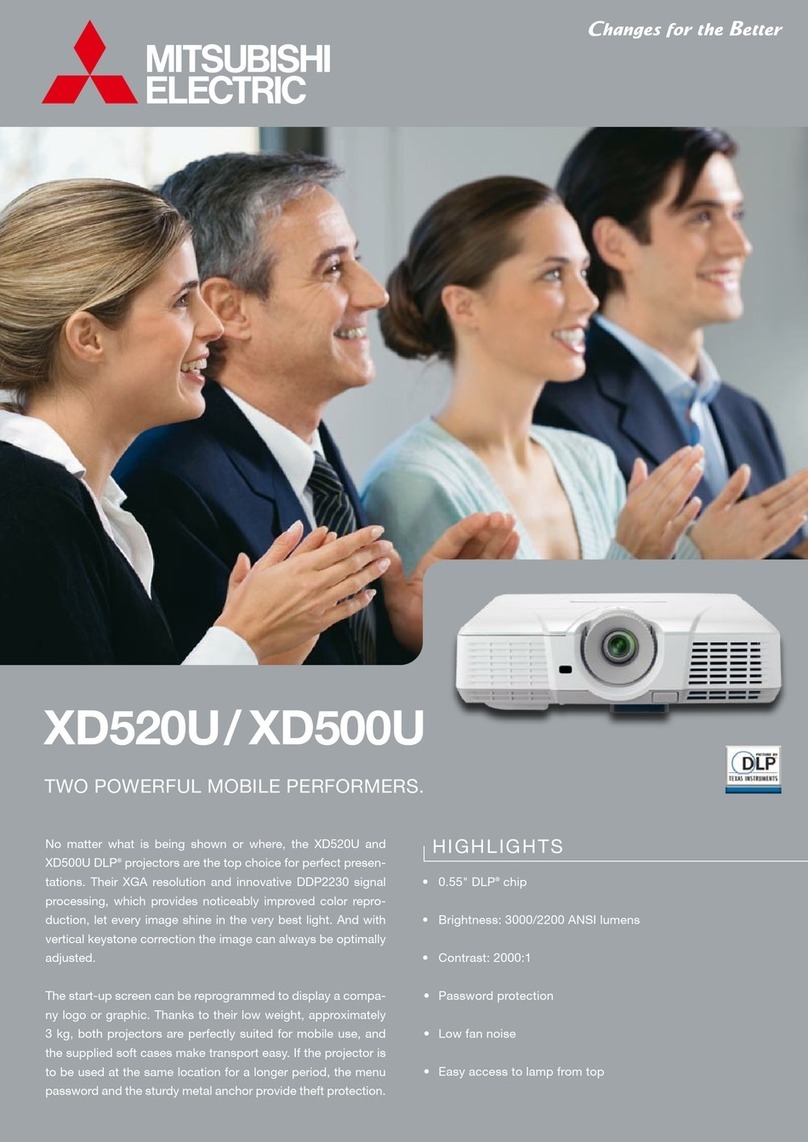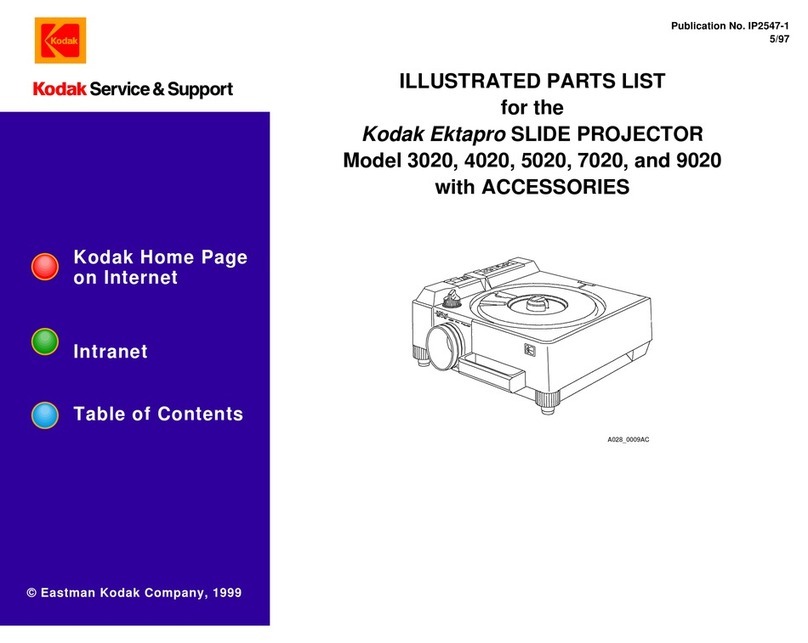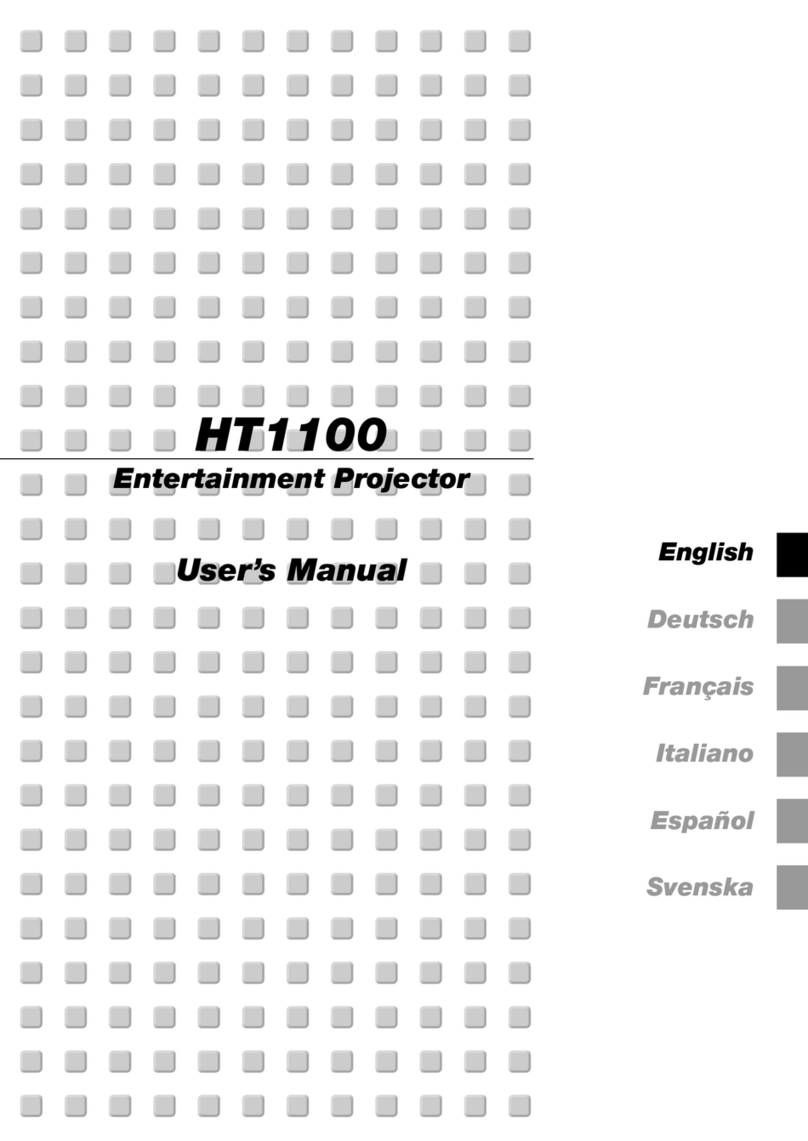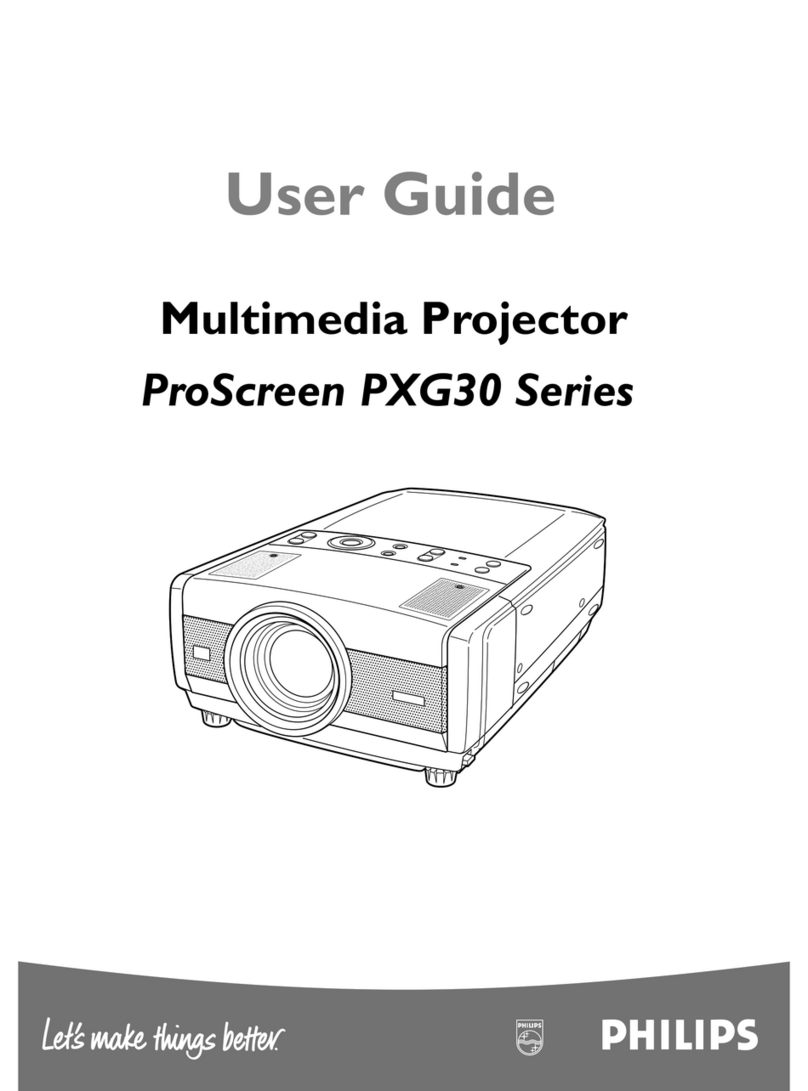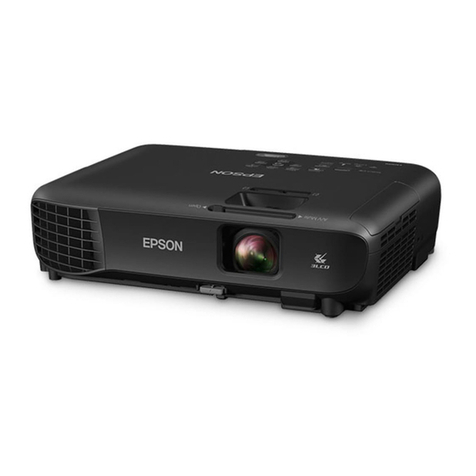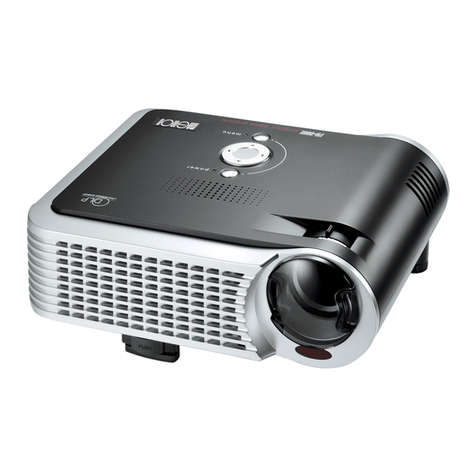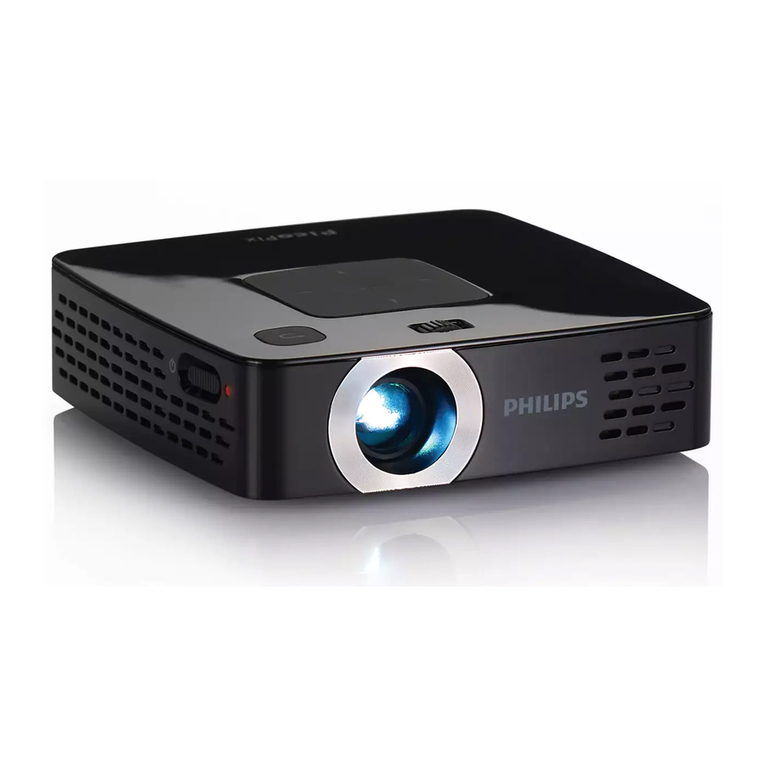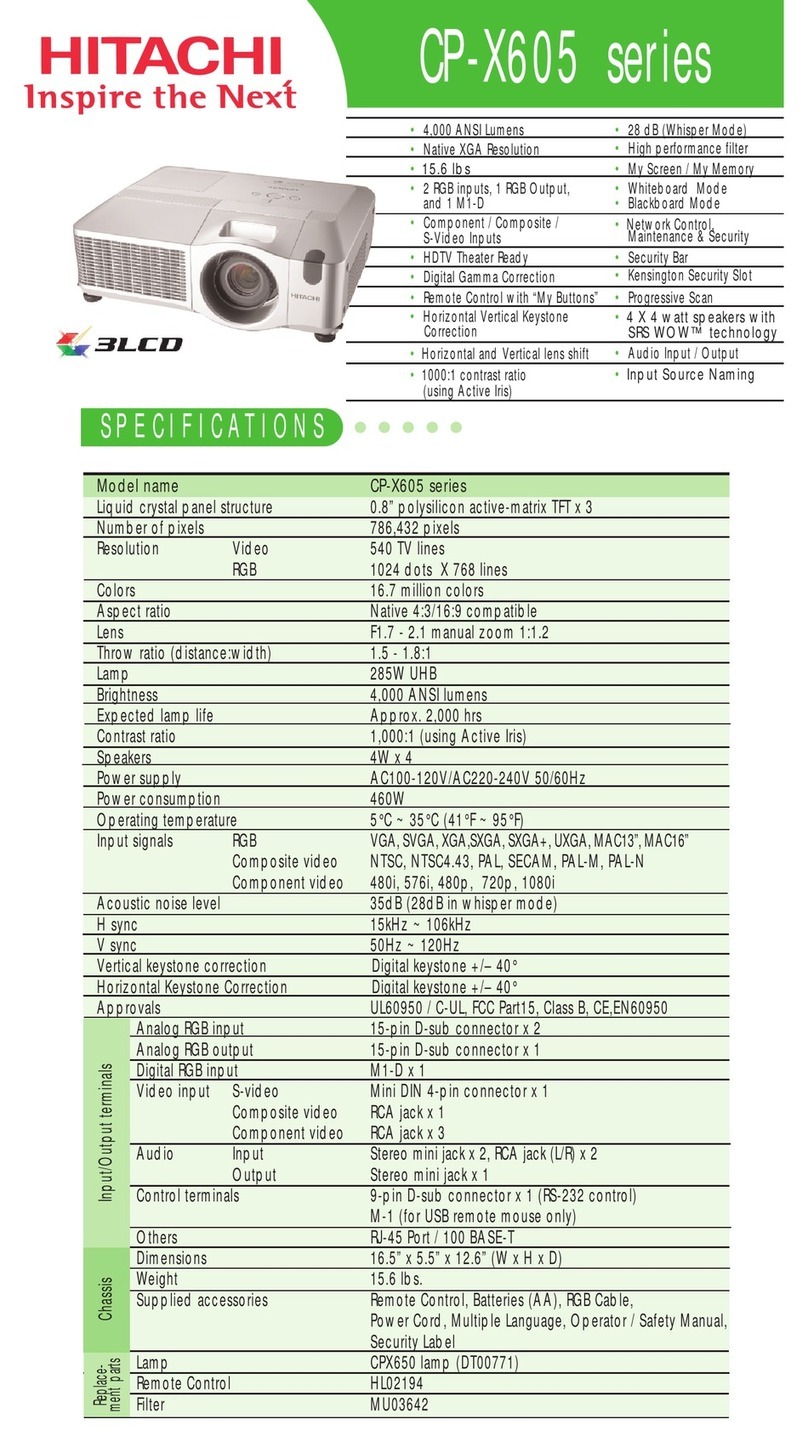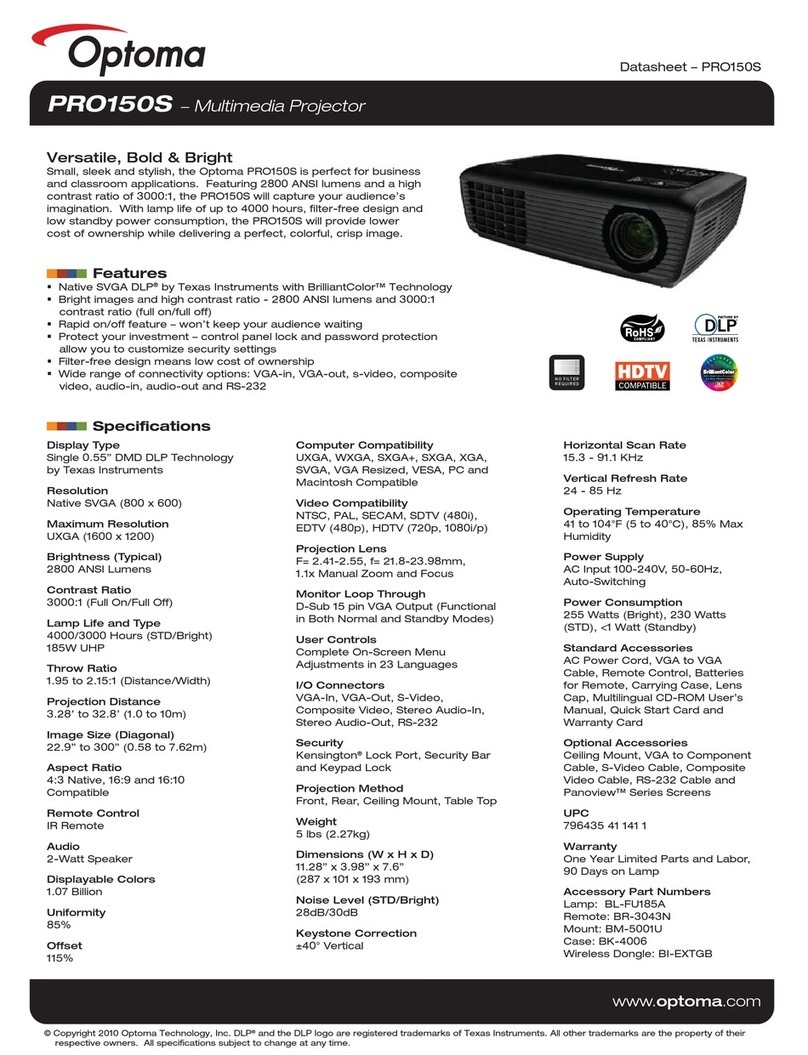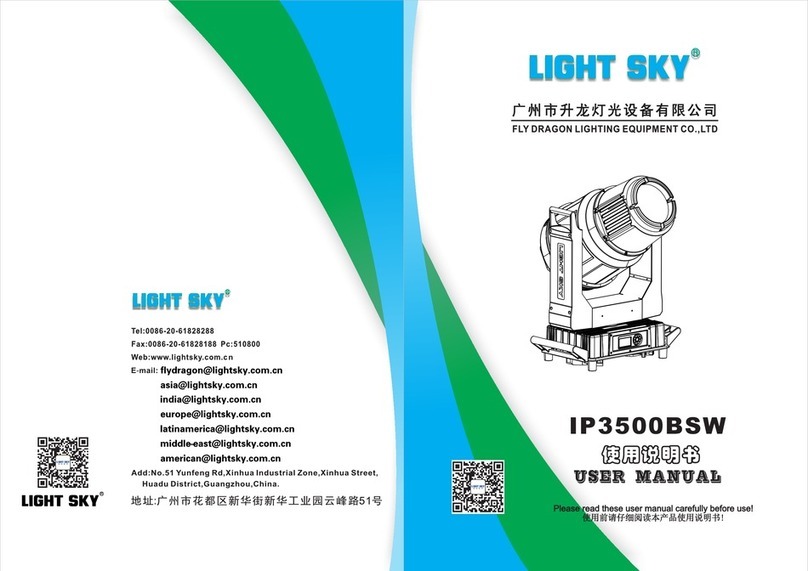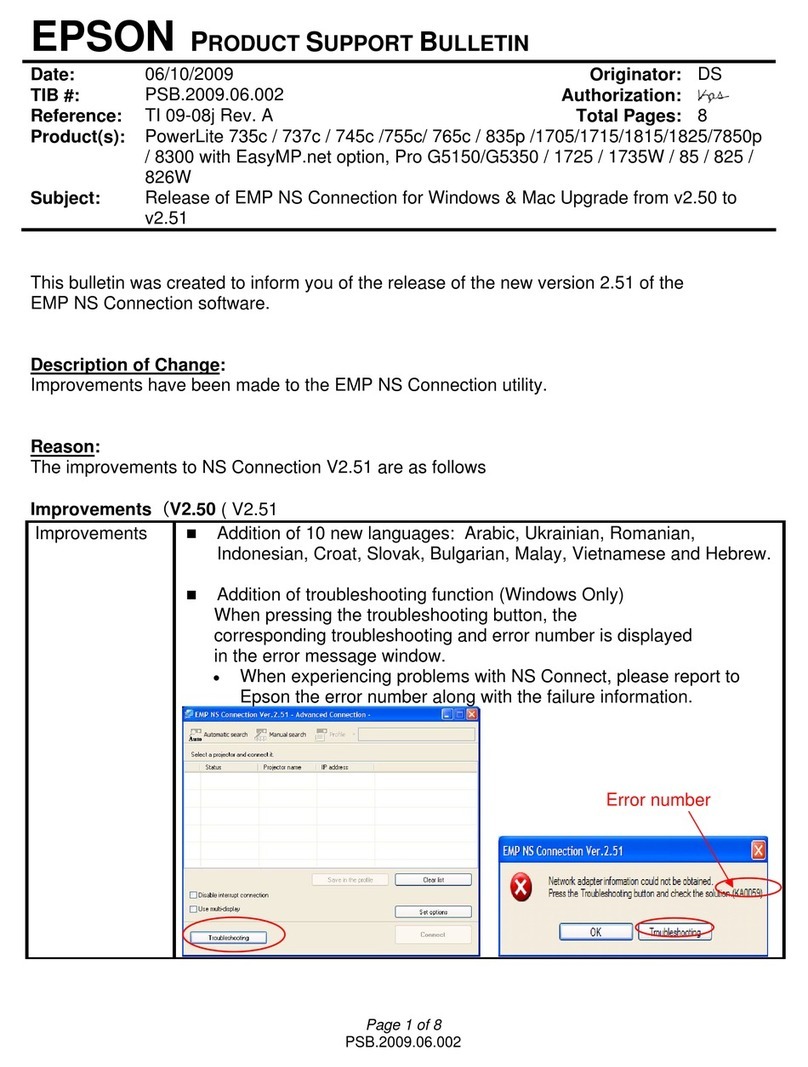
Toshiba TDP-TW100U Conference Room Projector* Specifications
Model TDP-TW100U*
Display Technology Shape 0.55" DMD DLP™
No. of Pixels 786,432 (1024 x 768)
Projection Lens Standard Lens 1.6x power zoom/auto focus
F/f (mm) F = 2.23 - 2.82, f = 20.5 - 32.8mm
Light Source 275W
Brightness 2700 ANSI lumens
Native Resolution XGA 1024 x 768
Wireles Technology IEEE 802.11b/g
Color Reproduction Full 16.7 Million Colors
Contrast Ratio 2000:1
Projection Screen Size (Diagonal) 30 - 300 inches
Projection Distance 3.5 ft - 36.4 ft
Throw Ratio 1.8 - 2.9:1
Compatible Scanning Frequency Horizontal (kHZ) 15 - 120kHz
Vertical (Hz) 50 - 150Hz
Input Terminal
RGB 2 x D-sub 15-pin
Video 1x S-video; 1x RCA for Composite Video
RGB Audio 1x stereo mini-jack
Video Audio 2x RCA (L/R)
Input Signal Format Video NTSC, PAL, SECAM
Color Difference HDTV/DTV (1080i/720p/576p/576i/480p/480i)
RGB VGA, SVGA, XGA (native), SXGA (compressed), UXGA (compressed)
Output Terminal Audio 1x stereo mini-jack (variable output)
RGB 1x D-sub 15-pin
Other Terminal RS-232 1x mini DIN 8-pin
USB 1x type A USB 2.0 high-speed enabled port
Digital Keystone Correction Automatic vertical +/- 30°
Auto Set Yes
Noise Level 36dB (33dB in low mode)
Internal Speaker 1-watt Monaural
External Dimensions (WxDxH) 11.8" x8.6" x 3.9"
Weight 6.8 lbs.
Power Consumption 385W
Power Source 100-240V, 50/60Hz
Replacement Lamp TLP-LW10
Box Contents Mouse remote control with laser pointer (size AAA batteries included), Mouse remote control
receiver, Power Cord, RGB Cable, Wireless LAN USB adapter, CD-ROM, User's Manual,
Soft Carrying Bag
The DLP™ logo and DLP™ medallion are trademarks of Texas Instruments.
*RoHS. This projector is compatible with European Union Directive 2002/95/EC, Restriction of the use of certain Hazardous Substances in electrical and electronic equipment
(RoHS), which restricts use of lead, cadmium, mercury, hexavalent chromium, PBB, and PBDE. Toshiba requires its projector component suppliers to meet RoHS requirements and
verifies its suppliers' commitment to meeting RoHS requirements by conducting component sampling inspections during the product design approval process.
